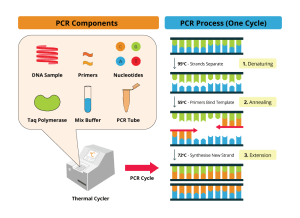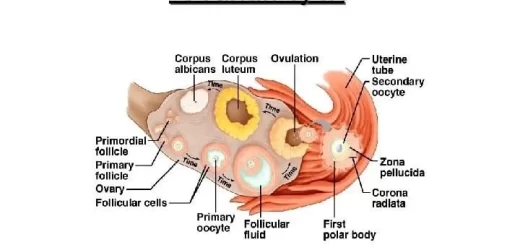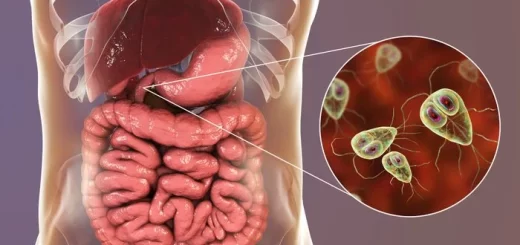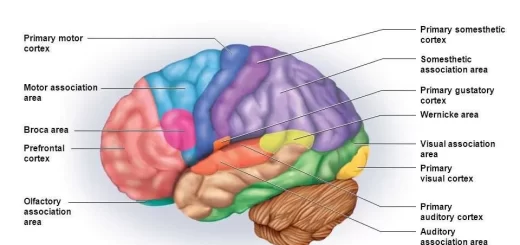Parasitic infections, Immunological tests, DNA probes and Polymerase Chain Reaction
The parasite lives on or inside another organism (the host) and benefits from the host at the host’s expense, Although this definition applies to many microbes, including bacteria, fungi, and viruses, doctors use the term “parasites” to refer to Protozoa (such as amebas), which consist of only one cell, The protozoa include a wide range of single-cell organisms such as Giardia, which infect the intestine, and malaria, which travel in the bloodstream.
Parasites
Parasites are microscopic or large enough to see with the naked eye, and they survive by feeding from the host, They can spread parasitic infections, which can lead to sepsis. Most worms produce eggs or larvae that develop in the environment before they become capable of infecting people, Development in the environment may involve another animal (an intermediate host), Worms include roundworms, such as hookworms, and flatworms, such as tapeworms and flukes.
Immunological method
These are resorted to in certain parasitic infections as:
- In tissue parasites when the diagnostic stages have no portal of exit.
- Scanty infections.
- During the migratory stages of parasites.
- Chronic infections when there is fibrosis.
Most of the serological testing requires the interaction between antibodies and antigens to form visible antigen-antibody complexes in the presence of a certain indicator for each approach that is named in the test name, Immunological tests employ a pathogen-specific antigen to detect the presence of antibodies, or a pathogen-specific antibody to detect the presence of an antigen in the patients’ samples. Certain popular immunological tests include:
- Indirect Haemagglutination Test (IHA).
- Latex Agglutination Test (LAT).
- Indirect Fluorescent Antibody Test (IFA).
- Enzyme-Linked Immunosorbent Assay (ELISA).
- Complement Fixation Test (CFT).
- Double Electroimmunodiffusion.
- Immunodiagnostic strip tests.
- Intradermal tests.
Indirect haemagglutination test (IHA)
Sheep’s RBCs are sensitized by a specific parasitic antigen and the patient’s serum is added at different dilutions RBCs will agglutinate if antibodies are present in the patient’s serum.
Latex agglutination test (LAT)
The latex agglutination assay is an immunochemical test, Later particles coated with pathogen-specific antigens or antibodies are used, In positive reactivity, the addition of the patient’s sample leads to crosslinking of the particles and visible turbidity.
Indirect fluorescent antibody test (IFAT)
The pathogen-specific antigen is fixed on a slide and the patient’s serum is next added. Antihuman gamma globulins tagged with fluorescein dye are added. Positive sera show a bright green fluorescence under the fluorescent microscope.
Enzyme-linked immunosorbent assay (ELISA)
As its name implies, ELISA involves the use of enzymes and the specific binding of antigen and antibody, It is a method of the target antigen (or antibody) capture in samples using a specific antibody (or antigen), and target molecule detection/quantitation using an enzyme reaction with its substrate, The enzyme reaction is measured colorimetrically.
Complement fixation test (CFT)
it is a test that can be used to detect the presence of either a specific antibody or specific antigen in a patient’s serum, based on whether complement fixation occurs. The pathogen-specific antigen/antibody is added to the tested serum then a standard guinea pig complement is added, After giving time for the reaction to occur; anti sheep’s RBCs antibody and washed sheep’s RBCs are added in consequence, A positive test is considered if there is no haemolysis.
Double electro-immunodiffusion
It is a simple gel-based assay for detecting specific antigen-antibody reactions reaction by observing precipitates formed where the two reactants are met with the aid of an electric current.
Immunodiagnostic strip tests (IDSTs)
These dipstick tests are mainly used for the detection of parasite antigens in body fluids. A positive reaction denotes active infection and is more specific than antibody detection techniques.
Principle: Specific monoclonal antibodies are impregnated onto a nitrocellulose strip of paper with a colour dye. This is dipped into the patient’s sample. In the case of a positive sample, the antigen migrates up the strip to form an immune complex with the monoclonal antibody and with the aid of the dye this complex appears as a red line.
Intradermal tests
A treated suspension of a specific parasitic stage is injected intradermally in the forearm, A positive reaction shows a red indurated wheel after 48 hours.
Molecular Techniques
Recently molecular biological techniques were introduced as means of diagnosing parasitic infections. For example:
- DNA probes.
- Polymerase Chain Reaction (PCR).
DNA probes
The DNA hybridization probe technique is based on the assumption that each organism possesses a unique nucleic acid sequence, A known commercially prepared nucleic acid sequence to which radioactive material is added serves as the diagnostic probe.
The patient’s sample such as serum or faeces suspected of having a parasite is fixed on a nitrocellulose membrane. The probe is then added, and the nucleic acids are allowed to hybridize, if the sample contains the parasites, then it can be detected by observing the residual radioactivity
Polymerase chain reaction (PCR)
The principle of this technique depends on the ability to replicate a single target piece of DNA of the parasite in the presence of a polymerase enzyme, If the target DNA is present in the sample multiple copies of it can be made and these can then be easily detected by gel electrophoresis.
You can follow science online on YouTube from this link: Science online
You can download Science online application on Google Play from this link: Science online Apps on Google Play
Diagnosis of parasitic infections and Techniques used for identification of Intestinal Parasites
Myiasis classification, diagnosis, causes, treatment & medicolegal importance
Importance & types of fungi, Opportunistic infections & Predisposing factors to candidosis
Vaccines types, Live vaccines, Inactivated vaccines, Subunit vaccines, Naked DNA & mRNA vaccines
Features and classification of viruses, Defective viruses & Viral vectors used for gene therapy




